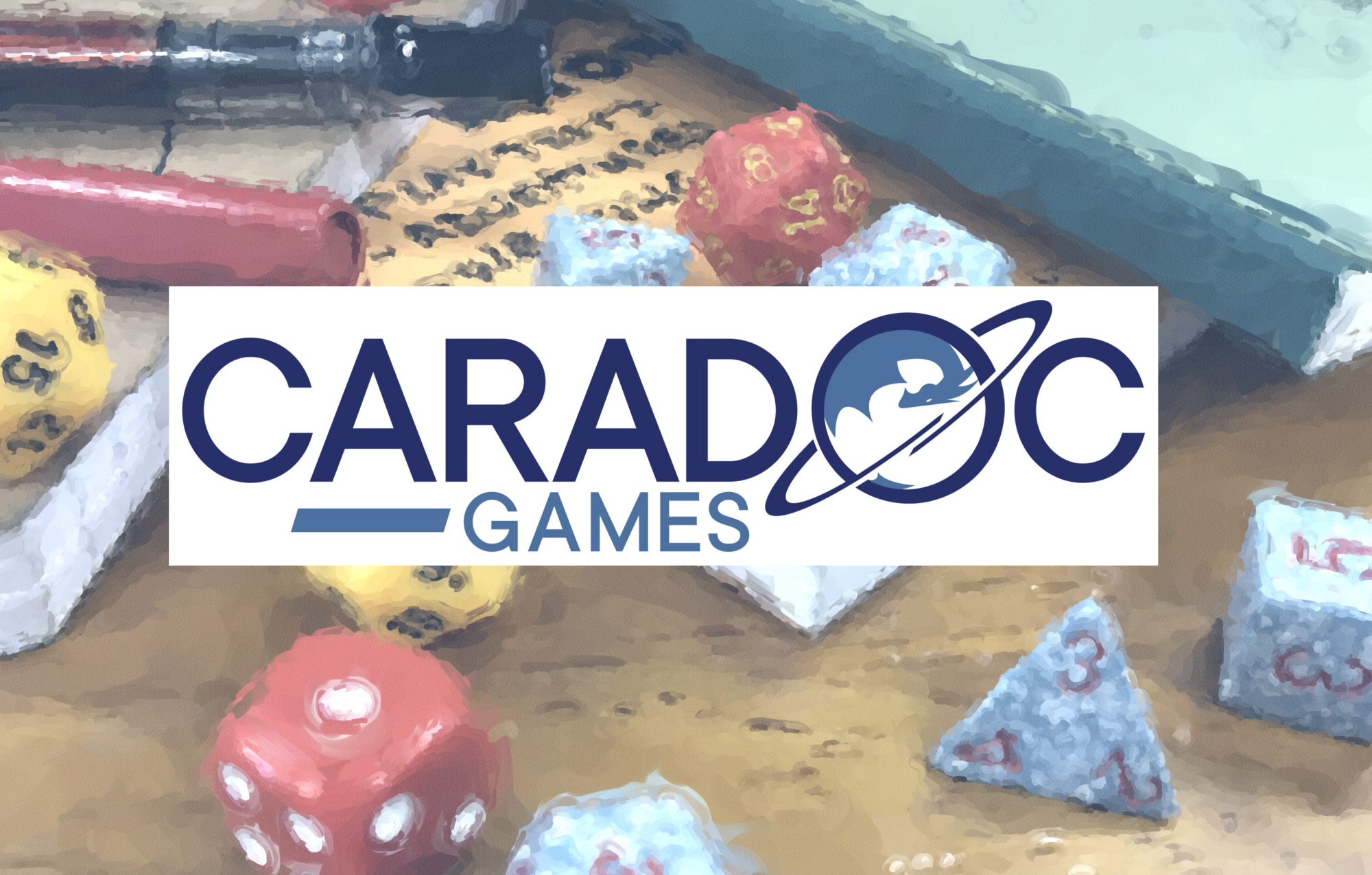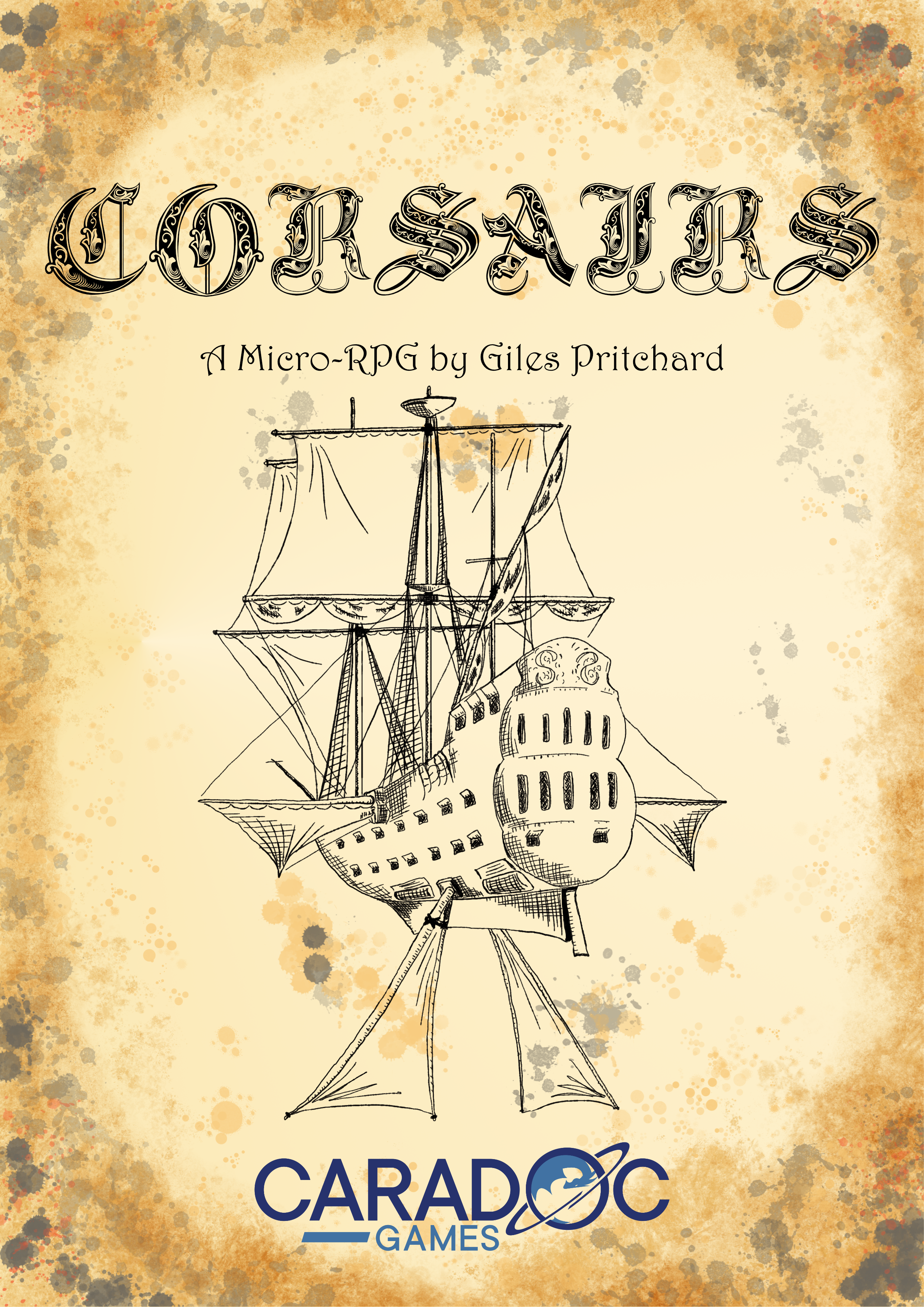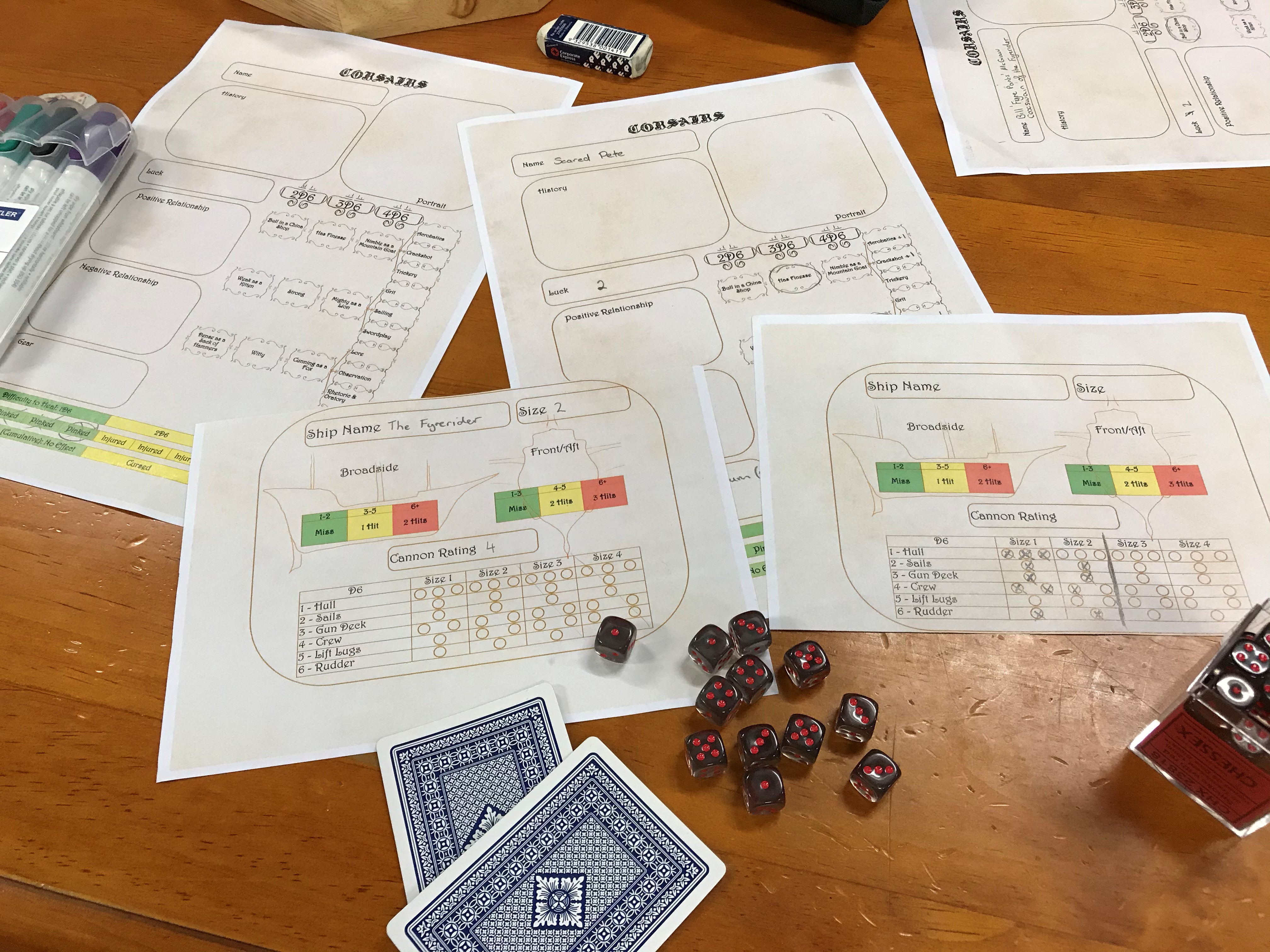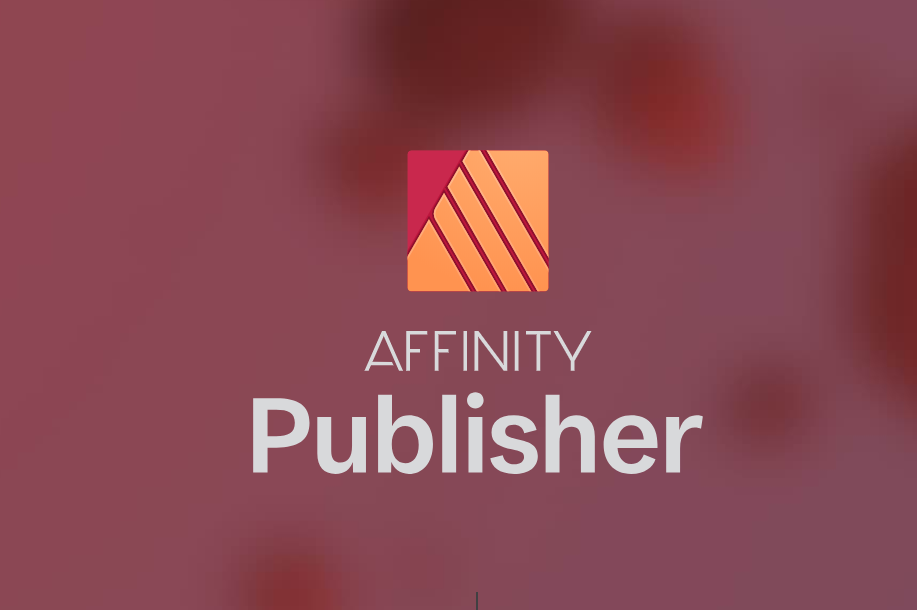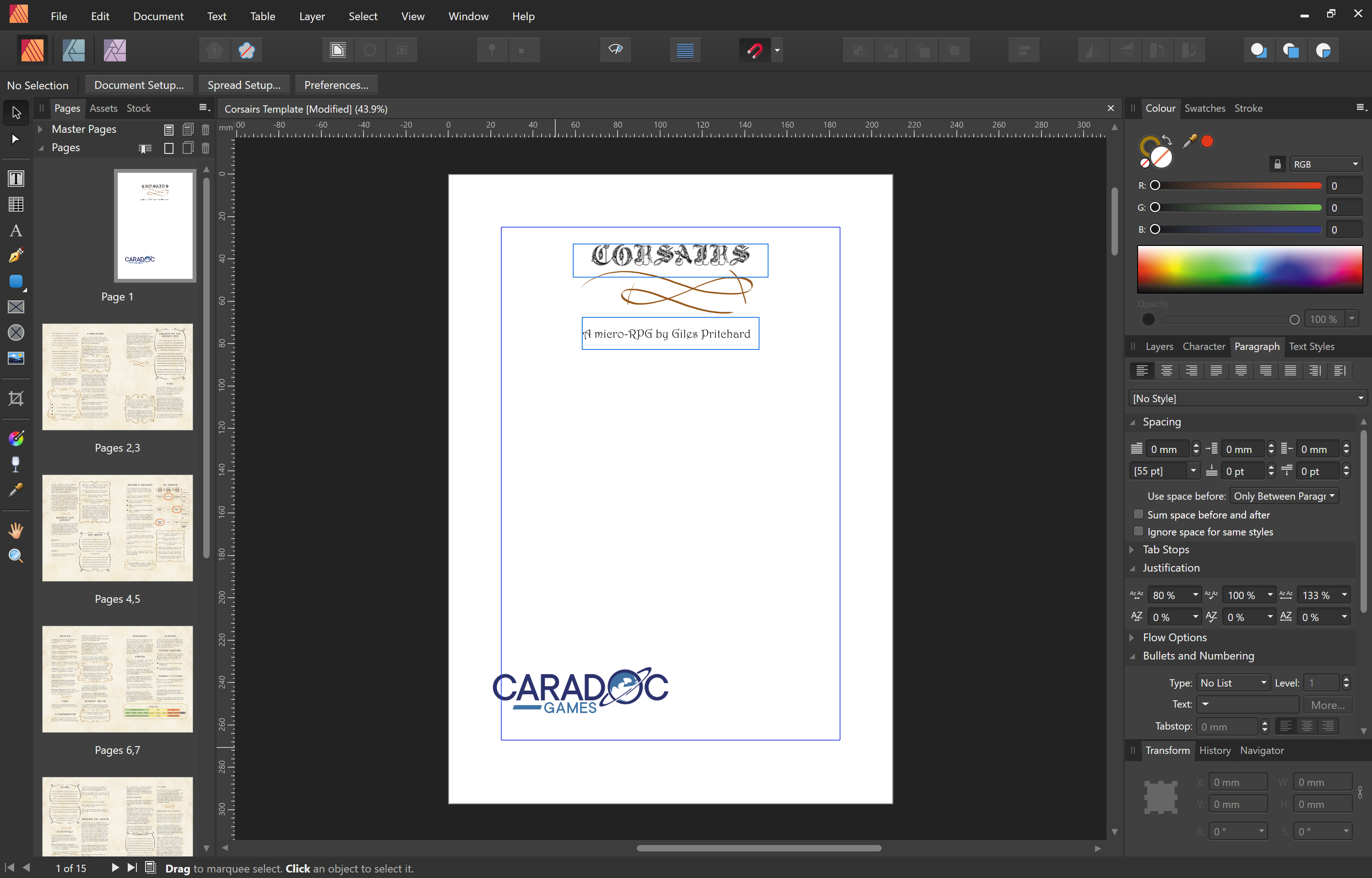Everything is a learning curve. All the questions I have about printing have been answered, and new ones have taken their place.
A friend of mine was kind enough to ask a couple of printers they know for some quotes. I won’t list the specific printers here (as I haven’t asked them for permission to do so), but it helps to give some context and idea. I have listed one set of prices, as the quotes were about the same. All the prices below are listed are in Australian dollars.
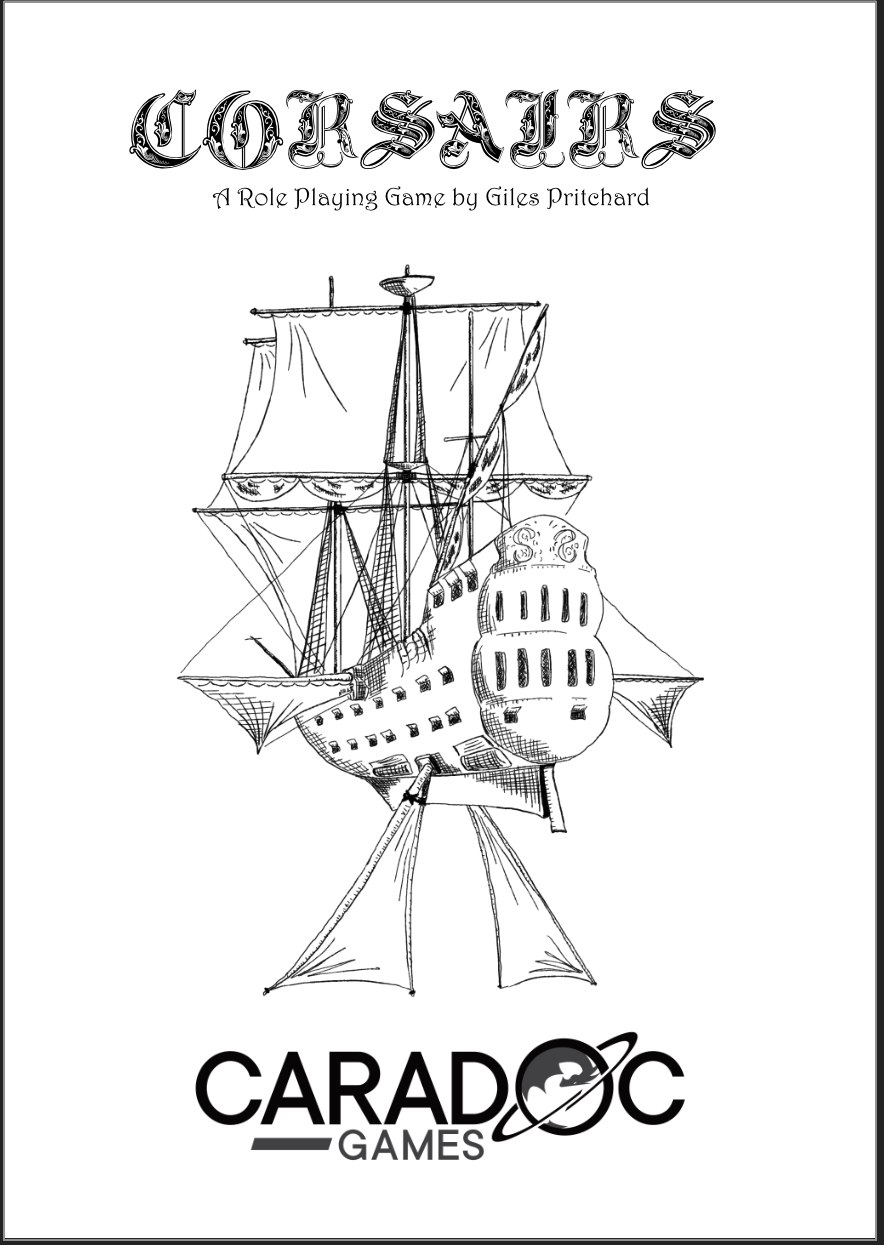
As a quick aside: files would be submitted to the printer in ‘printer layout’ for booklet printing, so the first spread (two pages side by side) would be pgs 32 & 1, and so on through the document. The file for the cover (4 single pages – front outside, front inside, back inside, back outside) would be generally submitted as separate files. A good article on that can be found here. An article on paper weights can be found here (both links have been added to the Zine page).
For a saddle-stitched 32 page A5 booklet, on 113 gsm paper, and a 300 gsm cover with a matt cellosheen covering (a plastic layer over the cover for protection, like a magazine cover, which could also be gloss, etc), digitally printed (too small a volume for offset printing):
- 50 copies sits around $580
- 100 copies sits around $800
- 200 copies sits around $1300
For 50 physical copies each Zine would cost around $11.60 to print. For 100 copies each Zine would come down to about $8.00, and for 200 it would reduce to about $6.50. Obviously volume is cheaper. Each copy would also need to have shipping costs added (though this could be charged after the Kickstarter as opposed to included in the backing level).
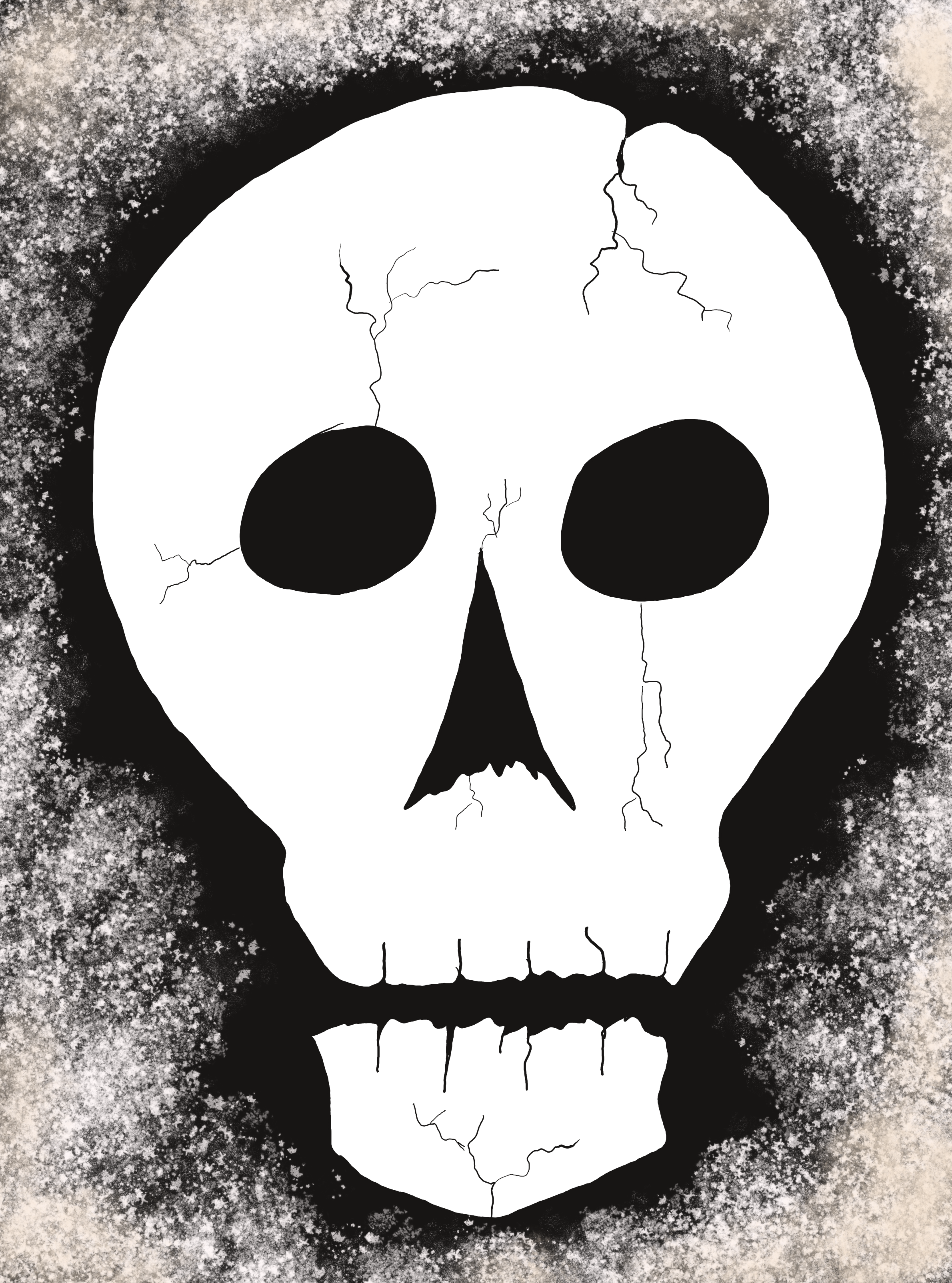
Additionally, any other costs, for things such as art, editing, layout, and so on, would need to be defrayed across the copies printed to come up with the final value per copy, which would then give a clear indication of the cost per Zine, and therefore what the backing levels should look like. It’s worth remembering that Kickstarter is going to take a slice of the funds if the project succeeds, as is whatever other companies are involved in the post-campaign period and fulfillment (if any). Lastly, it is probably a good idea to tack a few dollars on for a profit per copy, and then a little more to pad out any costs, in case something turns out to cost more than was projected, or something else comes up.
What does this all mean for Corsairs? Well, I’m in the process of finalising the document itself, that is writing and editing. I’m looking into art and artists, and what the costs involved there could be. I’m looking at the costs of Zines from the first Zine Quest to get an idea of what a reasonable price might look like. I’m completing small pieces of art to include in the book. I’m preparing for more playtesting. And lastly I’m reading and asking lots of questions…
It is tempting to think that the easier option is to print a larger volume, but this then means a higher funding goal, and no-one wants boxes and boxes of their games sitting around the house. I think if the option for digital and the option for a physical copy are both offered separately, most people will opt for the digital. Especially if they are international. These prices are, from what I can tell with preliminary research, much higher than the printing service offered by DTRPG, but I have no idea how they stack up in terms of quality. From what I can tell the printing quote above is for a much higher gsm paper stock than that offered through DTRPG POD service. Something to investigate!

I’m sure there is a ton I’m missing, not seeing, or don’t know are things I’m missing yet, but hopefully that will be revealed in the coming month or so.
Last aside for today: the layout program I am using is called Affinity (link on the Zine page), and it allows you to move pages around easily, so I’m working directly on the file, and will shift the pages around to the final layout once everything is finished, edited, and ready to go.
